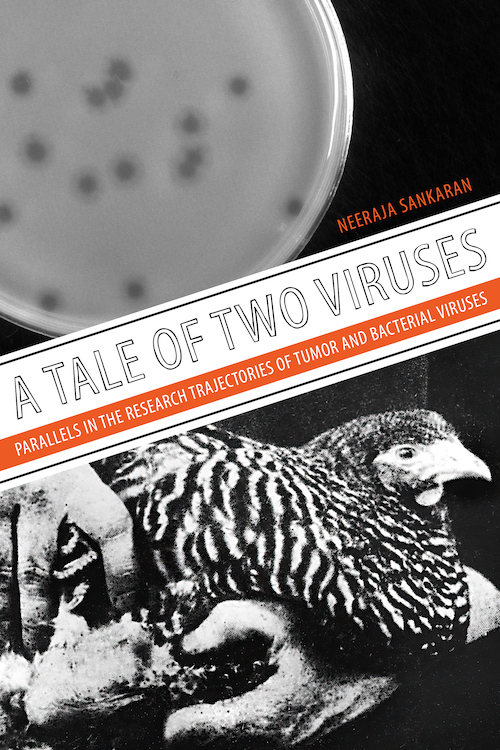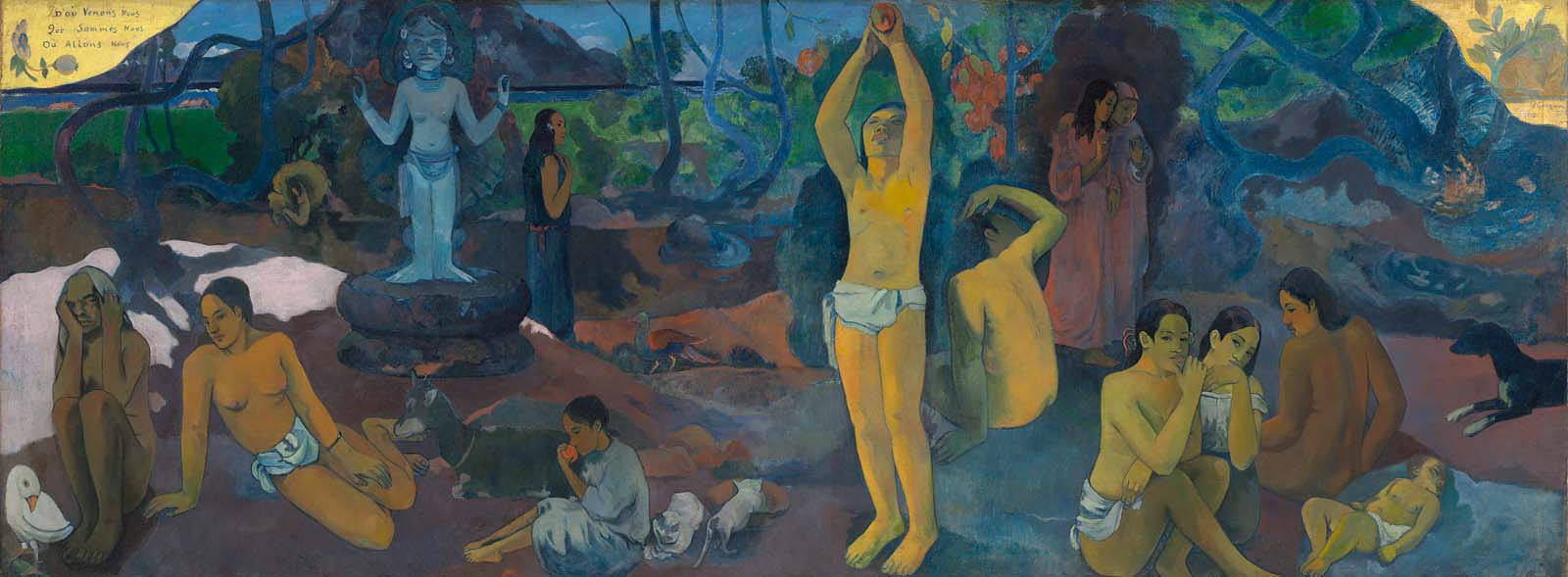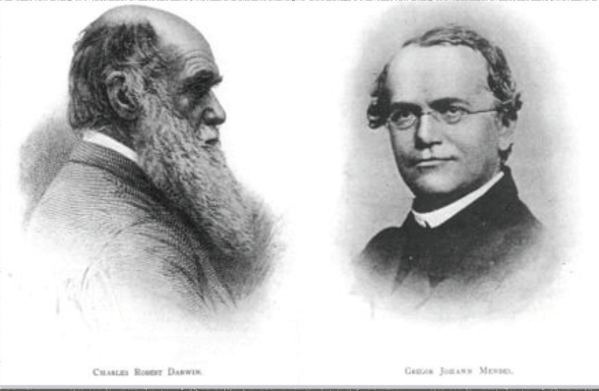Rereading Jonathan Livingstone Seagull for Tanuj’s module on competition and comparison (gosh was it really 1.5 months ago already?) brought to mind the books that were read and discussed together when I first read it while in college all those many years ago. There was Illusions by the same author, and then there was The Prophet, by Khalil Gibran. Somehow I never actually read the latter, and when I finally did recently (actually I listened to an audiobook version), I think I know why now; its almost Biblical delivery of simple messages or sermons (updesh we would call it in Sanskrit or Hindi) would have seemed to preachy to my younger self. But the simplicity actually appealed to me now. Here are excerpts that seemed relevant in light of the TEP, not only as a whole but also in the context of this week’s module on cooperation and collaboration, which in true J.K. fashion we connected to some bigger themes such as honesty, love & affection, work and of course attention and listening.
On Love (these lines are a very small snippet, but seemed to me to be very appropos).
Love gives naught but itself and takes naught but from itself.
Love possesses not nor would it be possessed;
For love is sufficient unto love.
On Work: (Connecting the idea of the classroom, which is what constitutes work for us these day, to love and affection is something we saw a lot of this past week. The last line that I excerpted here says it all, but I included the earlier lines because they were a good set-up)
Always you have been told that work is a curse labour a misfortune,
But I say to you that when you work you fulfill a part of earth’s furthest dream, assigned to you when the dream was born,
And in keeping yourself with labour you are in truth loving life,
And to love life through labour is to be intimate with life’s inmost secret.
[…]
Work is love made visible.
On Teaching: (This one I thought I’d reproduce in full):
Then said a teacher, Speak to us of Teaching.
And he said:
No man can reveal to you aught but that which already lies half asleep in the dawning of your knowledge.
The teacher who walks in the shadow of the temple, among his followers, gives not of his wisdom but rather of his faith and his lovingness.
If he is indeed wise he does not bid you enter the house of his wisdom, but rather leads you to the threshold of your own mind.
The astronomer may speak to you of his understanding of space, but he cannot give you his understanding.
The musician may sing to you of the rhythm which is in all space, but he cannot give you the ear which arrests the rhythm nor the voice that echoes it.
And he who is versed in the science of numbers can tell of the regions of weight and measure, but he cannot conduct you thither.
For the vision of one man lends not its wings to another man
And even as each one of you stands alone in God’s knowledge, so must each one of you be alone in his knowledge of God and in his understanding of the earth.
And finally, “On freedom“:
And an orator said, Speak to us of Freedom.
And he answered:
At the city gate and by your fireside I have seen you prostrate yourself and worship your own freedom,
Even as slaves humble themselves before a tyrant and praise him though he slays them.
Aye, in the grove of the temple and in the shadow of the citadel I have seen the freest among you wear their freedom as a yoke and a handcuff.
And my heart bled within me; for you can only be free when even the desire of seeking freedom becomes a harness to you, and when you cease to speak of freedom as a goal and a fulfillment.
You shall be free indeed when your days are not without a care nor your nights without a want and a grief,
But rather when these things girdle your life and yet you rise above them naked and unbound.
[…]
In truth that which you call freedom is the strongest of these chains, though its links glitter in the sun and dazzle your eyes.



